I love the fact that some people are worried about being tracked by a non-existent chip in the Covid-19 vaccine. Are these the same people that wear Apple watches use Facebook and Google? Nice graphic on the way Big Tech watches you here.
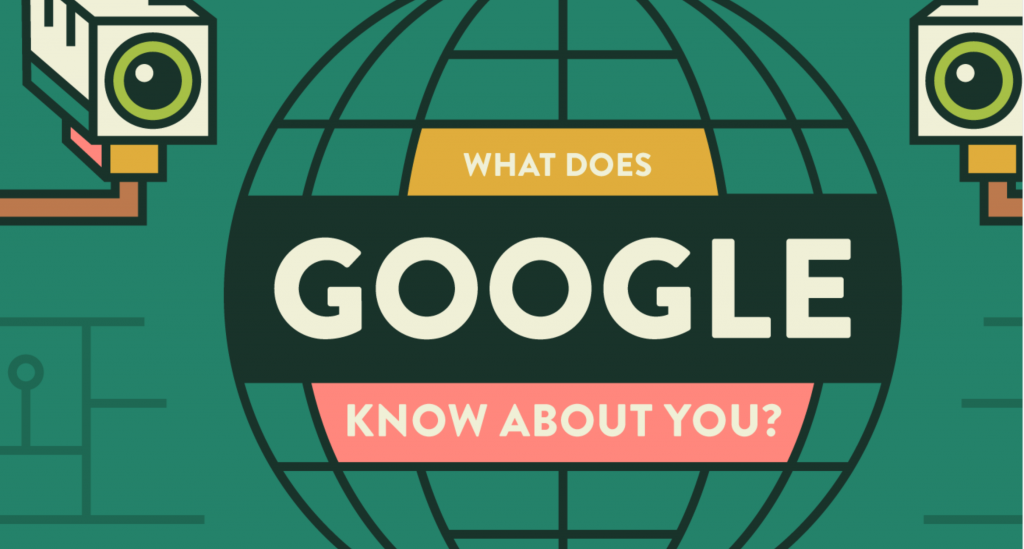

I love the fact that some people are worried about being tracked by a non-existent chip in the Covid-19 vaccine. Are these the same people that wear Apple watches use Facebook and Google? Nice graphic on the way Big Tech watches you here.

I’ve just been reading a book on Buddhism (A Very Short Introduction by Damien Keown, Oxford University Press) and it occurs to me that there’s potentially a scenario matrix lurking inside the thoughts therein. For example, one axis might be a tension between ‘me and mine’ (an especially Western, free-market obsession) and whatever its opposite might be. The second axis could then be the tension between new and novel (the endless process of craving and gratification) and its opposite which perhaps has something to do with contentment, compassion, and a refined and subtle awareness of the present (a move away from the hustle and bustle and endless busyness of everyday life towards more of a detachment in which people ponder the nature of more fulfilling ways to live).
Many years ago (15 years at least) I created a matrix that pitched me/we against optimism/pessimism. Maybe a new twist might be the below. This is full of holes, but perhaps someone can improve it?
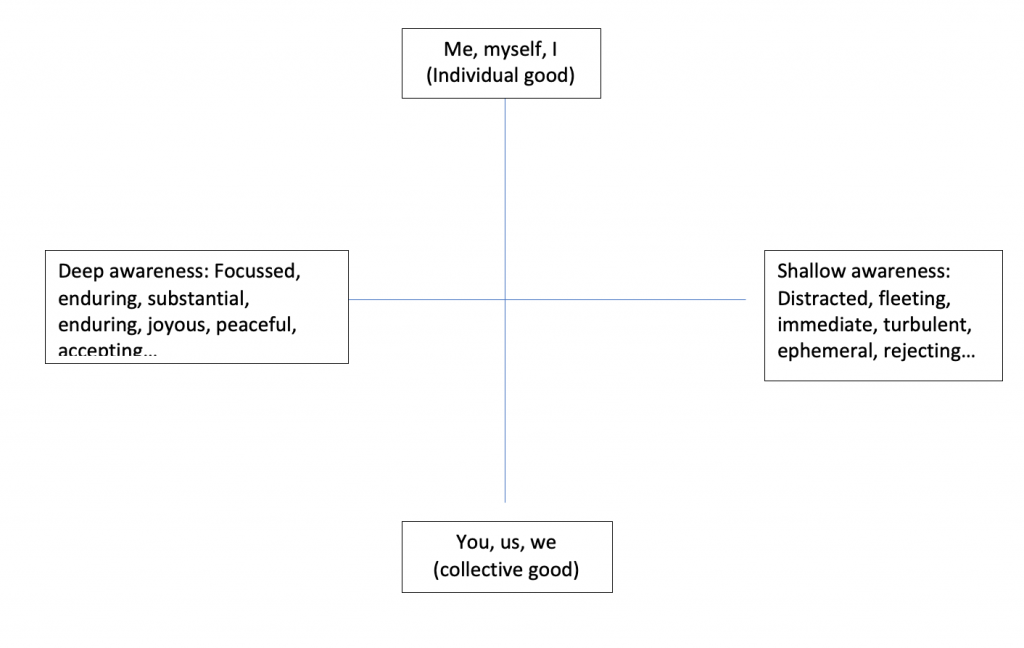
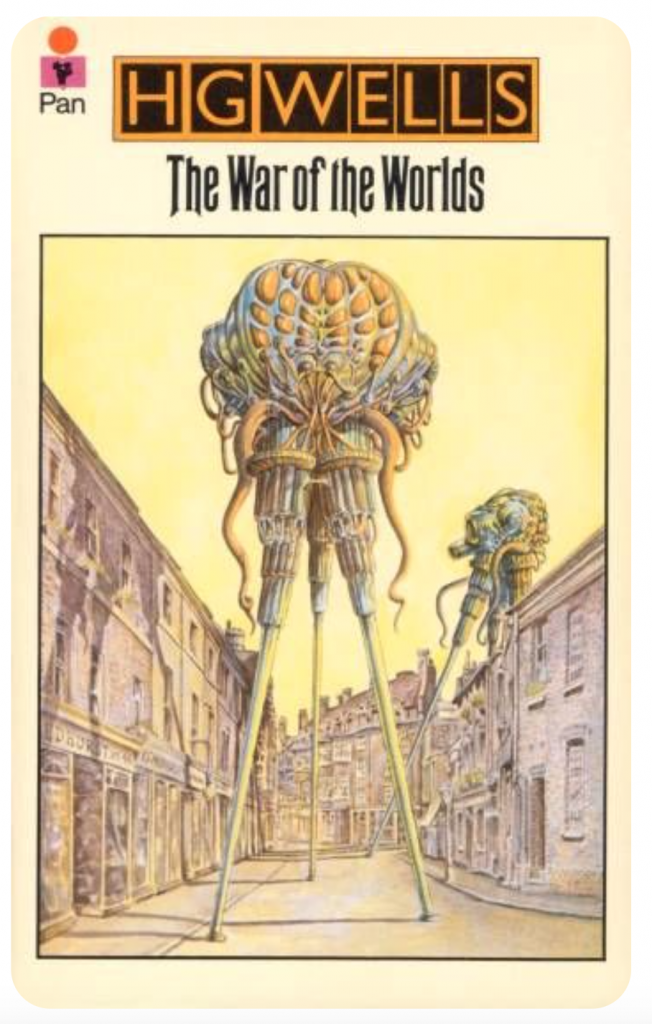
I’ve long watched what people are watching on TV (nostalgia + dystopia), and at movies (safe sequels) to ponder emerging trends. I also keep an eye on what type of books are on the best-seller lists (cooking, monsters, travel, rebalancing) and even what slogans people have on their t-shirts (100% human), which can be especially useful to spot emerging weak signals.
However, over in Germany this idea has been made more rigorous. (Thanks to Aifric for spotting this btw).
Couple of trend pieces from the Financial Times and McKinsey & Company. Nothing that new about the trends, but some nice visialisation.
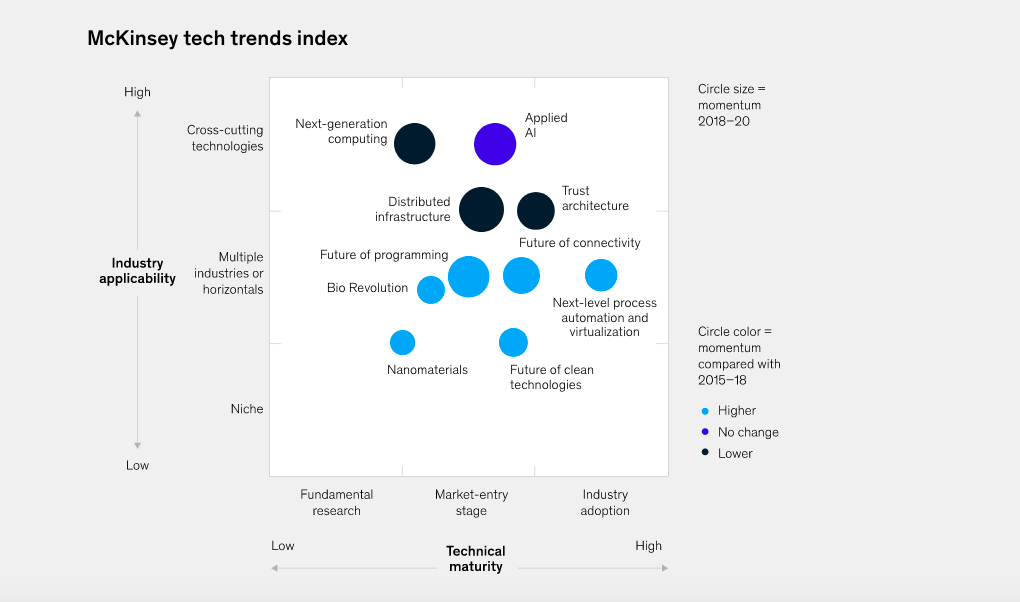
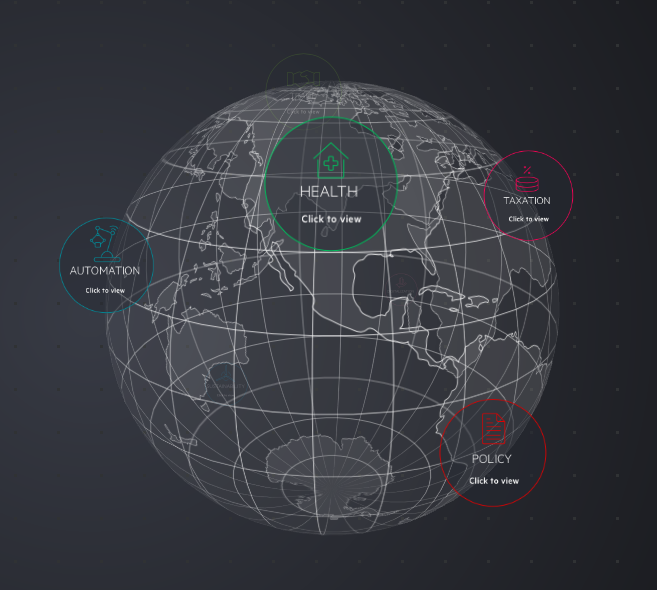
How? Why? But slightly wonderful. More odd collaborations here….
So, I’m wondering, what non-musical collaborations might be productive?

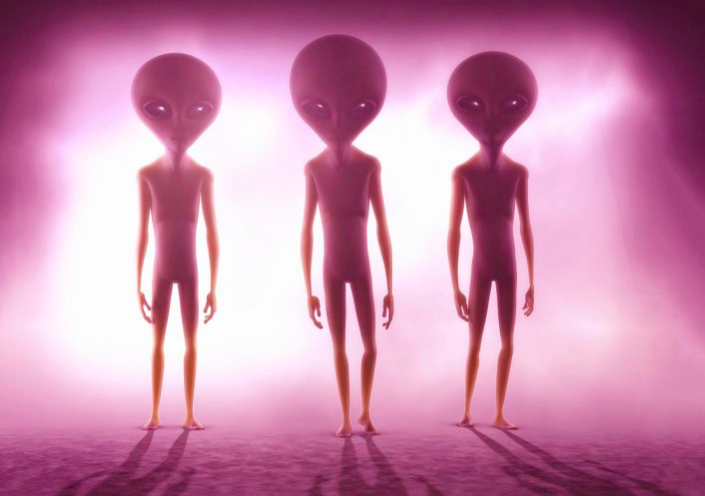
Just been listening to Brian Cox saying that water is a prerequisite for life on other planets. But what if life created and sustained by H2O developed into an advanced AGI that used sunlight (or light at least as source of power ) as its fundamental life force? Just saying.
Why assume that what creates and sustains us is required for them? It’s a bit like the assumption that alien life is six foot high and bipedal. Why?
PS- Excuse my ignorance, but I really don’t undrstand how biological life on Earth can emerge from a chemical process and if it can why haven’t we recreated this process?
…and the little Fiat isn’t bad either…

https://www.cam.ac.uk/this-cambridge-life/the-futurist-who-would-like-the-future-to-slow-down